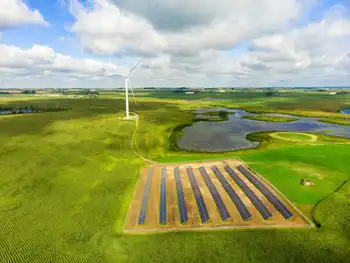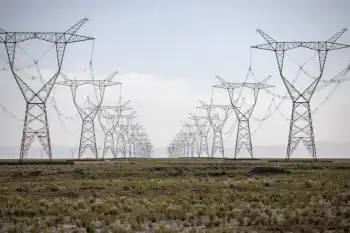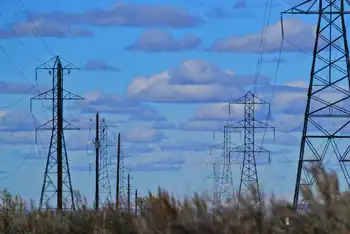Nuclear policy will boost uranium industry
By
CSA Z463 Electrical Maintenance -
Our customized live online or in‑person group training can be delivered to your staff at your location.

- Live Online
- 6 hours Instructor-led
- Group Training Available
The ministry is also working with the International Atomic Energy Agency IAEA to achieve a strong policy framework for a safe and efficient nuclear policy for peaceful purposes.
The laws coming out of this process, being driven by the ministry, will not only provide a route for Namibia to target nuclear power generation by 2018, but also will give a boost to local and foreign companies seeking exclusive exploration licenses EPLs for uranium. The Namibian government imposed a moratorium on issuing uranium EPLs in 2007, citing the lack of a policy framework to guide the process. There are at least 66 companies waiting for the process to be reworked.
Many of these companies are from Australia, Canada and China. One of the main target regions is Erongo, on the South Atlantic seaboard. Erongo governor Samuel Nuuyoma said that uranium mining is expected to grow from 5.54 of Namibia's GDP in 2008 to 14.78 in 2015.
The governor is looking to the expansion of mining activity to create thousands of jobs in the Erongo region. Nampower, the country's state-owned utility, is planning for the expansion of generating capacity and the transmission network in anticipation of the growth of all mining activities, including uranium, in the coming decade. The Namibian Atomic Energy Board was established in early 2009 to establish best practices in the country's uranium-mining sector.
MME minister Isak Katali said at a nuclear policy conference, "The uranium and nuclear energy policy to be developed will cover the entire nuclear fuel cycle, being uranium exploration, mining, milling and nuclear energy generation." The enrichment of uranium to fuel grades will also be undertaken locally.
The country is a signatory of the Nuclear Non-Proliferation Treaty NPT and supports the African Nuclear Weapon Free Zone Treaty — the Pelindaba Treaty. The Pelindaba nuclear plant, sited in the hills near Johannesburg in neighboring South Africa, was where that country's nuclear bombs and weapons were developed and produced. All nuclear weaponry was destroyed when South Africa signed the NPT in the early 1990s. Pelindaba is now a major research establishment, a producer of high-tech industrial components and a global leader in the production of medical isotopes.
Namibia's nuclear policy will cover the establishment of a nuclear waste management fund and foster black economic empowerment through equity participation in the sector and skills transfer.
In 2009, Namibia ranked as the world's-fourth largest uranium producer and meets about 10 of global demand with an annual production of 5,000 tons.
As Namibia plans for its uranium-fed nuclear future, China remains the force behind the future of global uranium consumption. Uranium market prices have just hit a two-year high at $62.50 a pound, after falling from the $100-plus per pound peak at the beginning of 2008.China has 157 nuclear reactors in the planned or proposed stage. The Chinese National Nuclear Corporation CNNC could invest more than $117 billion on nuclear development by 2020, when the country's demand for uranium will hit 20,000 tons per year. China's domestic production of 2,400 tons per year by 2020 means that there will be a large supply gap for Namibia and other producer countries to fill.
But those countries will be watching with keen interest to detect if there is truth in a release reporting that CNNC has succeeded in developing a new technology to reprocess spent nuclear fuel and reuse of irradiated fuel. A report monitored by the U308 Portal says that this breakthrough could extend the expected life cycle of China's uranium resources to 3,000 years instead of a 50- to 70-year supply under current conditions.
But as the U308 Portal wryly comments, "Investors may take some cautionary note of the release as the country has demonstrated strategic business acumen in other resource market positioning and foreign currency exchange rate policies."
Namibia will certainly be hoping that China is enjoying a bit of traditional kite flying to test uranium price levels — maybe in anticipation of making major investments in the country's new uranium mining bonanza to come.











